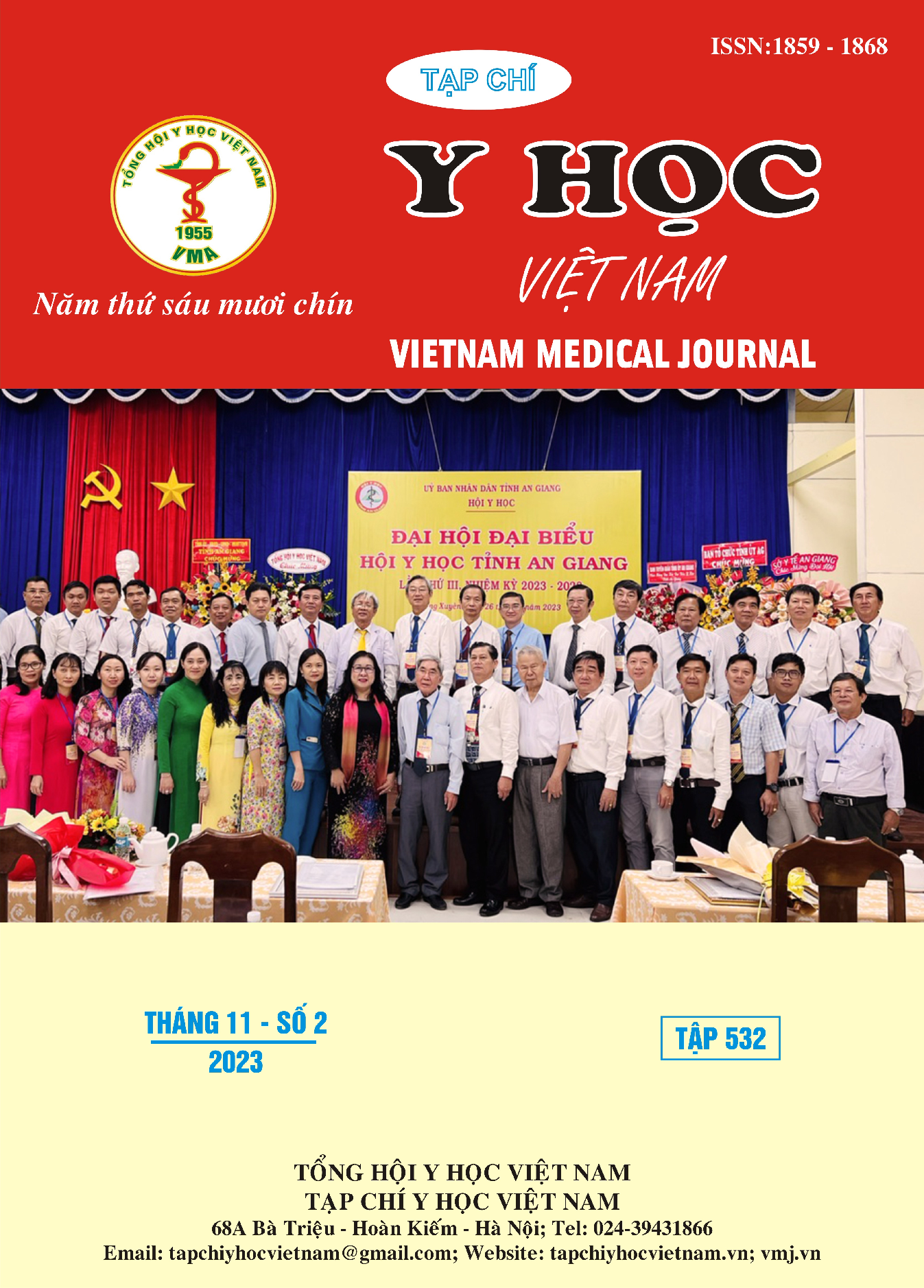EVALUATION OF UNWANTED EFFECTS OF ANTIBACTERIAL HANDRUBS PREPAREDACCORDING TO FORMULA I (WHO) AND IMPROVED FORMULATION
Main Article Content
Abstract
The study was conducted to evaluate the unwanted effects of liquid and gel antibacterial handrubs prepared in accordance with Formula I (recommended by the World Health Organization) and another formula improved from Formula I (improved Formula I). Each antibacterial handrub was tested on volunteers for one week, then interviews were conducted to evaluate unwanted effects when using the product according to the guidance of the Ministry of Health such as itching, burning, flushing, dry skin, lumpy skin, greasy skin, and sticky feeling. The results showed that both liquid and gel handrubs prepared according to Formula I could cause some unwanted effects such as dry skin, cellulite, greasy skin, and a sticky feeling with medium and mild manifestations and with rates from 4.8% to 52.4%. However, liquid and gel handrubs prepared according to improved Formula I had few unwanted effects and only occurred with mild manifestations and with rates from 4.8% to 9.5%. Therefore, the liquid and gel handrubs prepared according to the improved Formula I helped to reduce undesired effects when using the antibacterial handrubs and these handrubs can be widely used for daily hand hygiene.
Article Details
Keywords
Hand hygiene, handrub, unwanted effect.
References
2. Bộ Y tế. (2017). Hướng dẫn thực hành vệ sinh tay trong các cơ sở khám bệnh, chữa bệnh – Quyết định số 3916/QĐ-BYT ngày 28/8/2017.
3. European Committee for Standardization. (2013). European Norm (EN) 1500:2013. Chemical disinfectants and antiseptics - Hygienic handrub - Test method and requirements (phase 2/step 2). Brussels.
4. Suchomel, M., Kundi, M., Pittet, D., et al. (2012). Testing of the World Health Organization recommended formulations in their application as hygienic hand rubs and proposals for increased efficacy. American journal of infection control. 40(4): 328–331.
5. Suchomel, M., Kund, M., Allegranzi, B., et al. (2011). Testing of the World Health Organization- recommended formulations for surgical hand preparation and proposals for increased efficacy. The Journal of hospital infection. 79(2): 115–118.
6. Lee, M. G., Hunt, P., Weir, P. J. (1996). The use of hydrogen peroxide as a sporicide in alcohol disinfectant solutions. European Journal of Hospital Pharmacy. 2: 203-206.
7. Menegueti, M. G., Laus, A. M., Ciol, M. A., et al. (2019). Glycerol content within the WHO ethanol-based handrub formulation: balancing tolerability with antimicrobial efficacy. Antimicrobial resistance and infection control. 8: 109.


